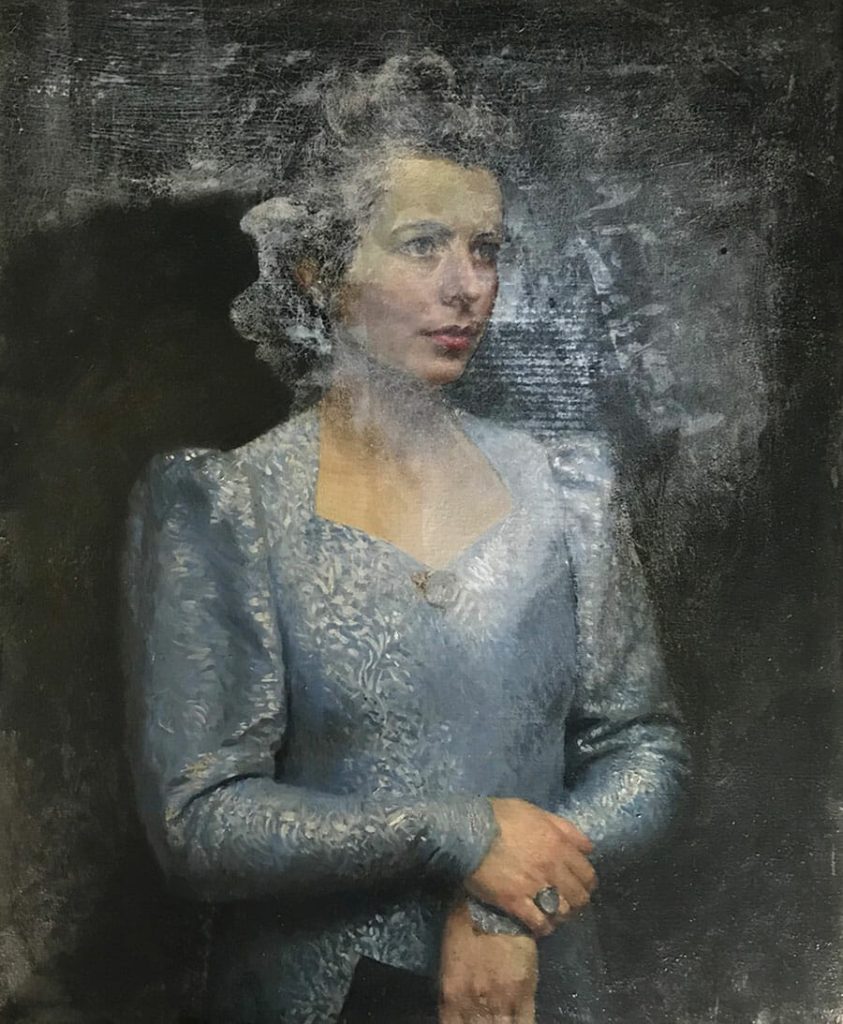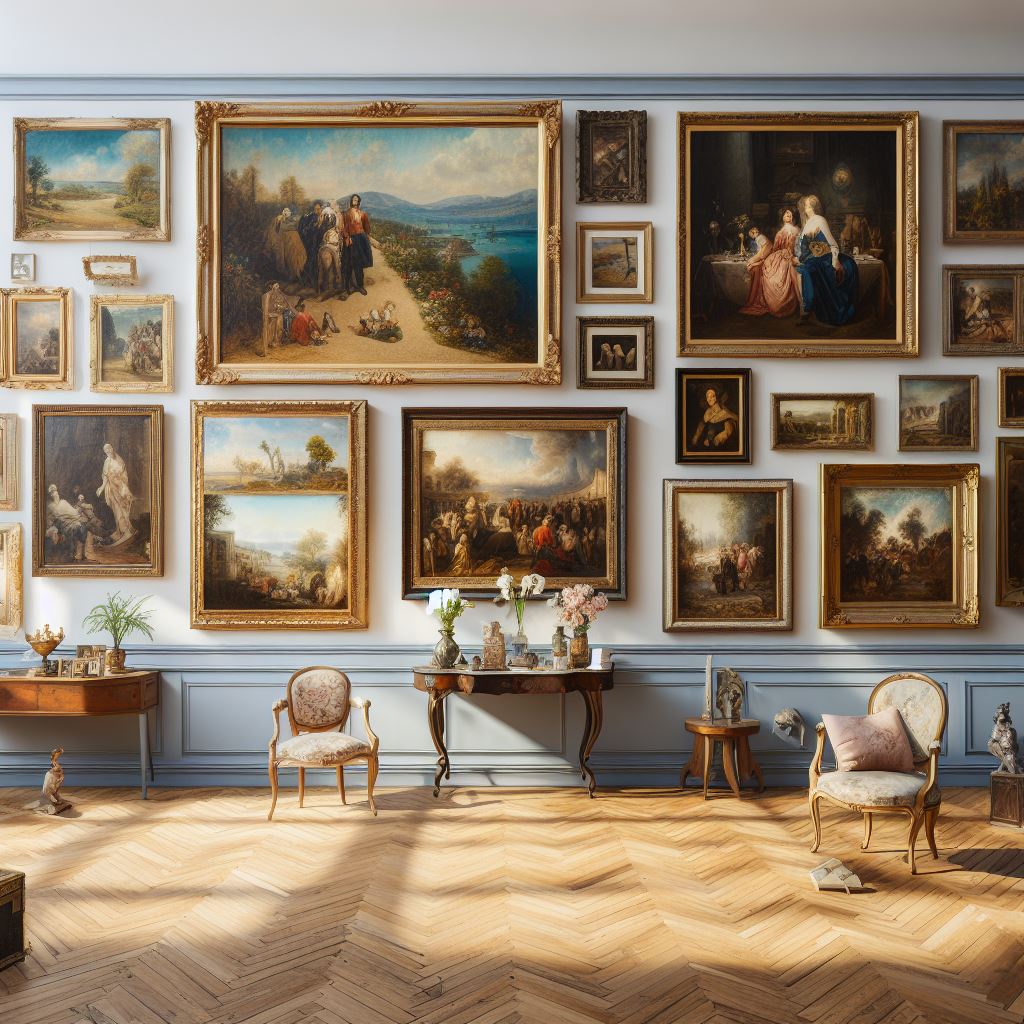In the art world, where masterpieces transcend generations and speak the language of humanity’s collective soul, caring for these treasures is akin to nurturing a flame that must never be extinguished. Art collection care isn’t just about preserving paintings, sculptures, or priceless artifacts; it’s about safeguarding a piece of our shared history and culture. The brushstrokes of a genius, the delicate carvings of artisans long gone, the stories etched into canvases—they all deserve meticulous attention and unwavering protection.
To ensure the longevity of your cherished art collection, we’ve gathered the 10 best expert tips that will shield your treasures from the ravages of time and enrich your journey as a guardian of beauty, history, and human expression. So, whether you’re an avid collector or an art enthusiast, prepare to embark on a voyage of preservation, appreciation, and a deepened connection with the captivating world of art. Your collection’s legacy starts here.
What causes mold in art?

Mold can cause significant damage to artwork and is a common issue for art collectors. The main causes of mold in art are high humidity, moisture, poor air circulation, and inadequate environmental control. High humidity and moisture create the perfect environment for mold to grow, as it needs both to survive. Poor air circulation prevents the artwork from drying out if it has become wet due to a leak or other source, and inadequate environmental control can make it difficult to maintain consistent temperatures and humidity levels in the space. To prevent mold from growing on your artwork, keep the area clean and dry, maintain good air circulation, and use a dehumidifier if necessary to keep the humidity levels low.
Also Learn: 5 IDEAS FOR GUARDING YOUR ART TREASURES
10 Best Expert Tips for Art Collection Care
1. Avoid or limit direct sunlight.
Direct sunlight is the most intense source of light available, and its damaging effects are immediate and long-lasting. Over time, exposure to the sun’s UV rays can cause painted areas to fade, lines to blur, and sections to disappear.
The oxidation process can also damage the frame, causing it to crack and weaken the artwork. Use a UV filter film or shade with curtains or fabric when hanging items in direct sunlight. Consider moving objects away from windows that receive intense sunlight during certain times of the year, such as summer or sunrise/sunset.
2. Invest in a dehumidifier.
Humidity can be just as damaging to artwork as direct sunlight, leading to mold growth and deterioration of the piece’s frame and canvas. Investing in a dehumidifier for your art collection is an excellent way to protect it from high moisture levels. Dehumidifiers are available in various sizes and prices, so you can pick one that best suits your needs.
3. Don’t hang art too close to a heat source.
Fireplaces, radiators, and other sources of extreme heat should be avoided when it comes to displaying art, as the intense heat can quickly damage the piece’s material, colors, and frame. Remember that a sudden temperature change (too hot or too cold) can also be damaging, so try to keep the artwork away from air-conditioning units or any other sources of extreme temperature change.
4. Pay attention to humidity.
Maintaining a humidity level of around 55% in your home is recommended to preserve artwork. This level allows for some cushion against drastic temperature changes and prevents condensation from forming on cold surfaces like windows or mirrors.
Ensuring you have an accurate measure of your home’s current humidity is easy with an affordable hygrometer that will provide you with vital information about the atmosphere inside your space. Regularly observing the results will ensure that all just-in-case scenarios are considered should you need to adjust parameters like air circulation or temperature settings, which may affect the condition of stored artwork.
5. Clean and dust regularly.
Regularly cleaning and dusting your artwork can help preserve its condition, ensuring no dirt or dust has a chance to build up and damage the piece’s surface. Use a soft brush or feather duster for best results while not scratching the painting’s surface. If you must use a vacuum cleaner, use the softest possible settings and avoid directly vacuuming any exposed surface.
6. Keep artwork away from liquids.
Leaky pipes, spills, and condensation can all damage artwork if they come into contact with it, so keep your pieces away from any liquid sources. This includes water, cleaning agents, and other liquids that may contain potentially damaging chemicals. If any liquid does come into contact with your artwork, dry it off immediately and consider having the piece professionally restored to prevent further damage.
7. Store artwork correctly.
Properly storing artwork is essential for preserving its condition for years to come. Artwork should be stored in a cool, dry place away from direct sunlight and in a secure location that no one can easily access. Use acid-free tissue paper to separate the art from other objects and ensure that each piece is securely wrapped before storage.
8. Protect artwork from pests.
Pests, including insects, rodents, and even birds, can cause serious damage to artwork if not dealt with promptly. Keep the space clean and free of food scraps or other potential attractants to protect your collection from these invaders. Use natural repellents like camphor blocks or cedar oil to keep any bugs away from your artwork, and consider using traps to capture any rodents that may wander in.
9. Regularly inspect artwork for damage.
It’s important to regularly check your artwork for any signs of damage, such as discoloration, fading, or cracks in the frame. If you notice any unusual changes in the condition of your pieces, contact a professional art conservationist as soon as possible. They will be able to assess the situation and provide advice on the best course of action to restore your artwork to its original condition.
10. Manage your collection purposefully.
When caring for artwork, the key is to be proactive and mindful of how you store, display, and manage your collection. Keep an inventory of all your pieces so that you are aware of what needs to be inspected periodically, and make sure that artworks are displayed in appropriate light levels and locations to prevent any long-term damage. With a bit of effort, your artwork will remain beautiful and preserved for years to come.
What to do if my art is already damaged?
Discovering that your art has been damaged can be distressing, but there are steps you can take to address the issue and potentially restore or mitigate further harm to the artwork:
- Assessment: Carefully examine the extent and nature of the damage. Document the damage with photographs, noting the affected areas and any additional details that may be relevant.
- Contact a Professional: Consult a professional conservator or art restorer depending on the type of damage and the medium of the artwork. They can provide expert advice on the best course of action for restoration. It’s essential not to attempt repairs yourself, as amateur efforts can often worsen the damage.
- Isolate and Protect: If the damage is due to environmental factors like water or pests, take steps to isolate the artwork from further harm. Remove it from any damp or contaminated areas and protect it from direct sunlight and extreme temperature fluctuations.
- Insurance Claim: If your artwork is insured, contact your insurance provider as soon as possible to report the damage. Provide them with all the necessary documentation, including photographs and a professional assessment of the damage. Be prepared to follow their guidelines for filing a claim.
- Keep Records: Maintain a detailed record of all interactions related to the damaged artwork, including conversations with conservators, restorers, insurance representatives, and any expenses incurred during the process.
- Prevent Further Damage: While awaiting professional assistance, take steps to prevent further damage. Keep the artwork in a stable environment with controlled temperature and humidity levels. Avoid handling the damaged area, and ensure it is protected from dust and pollutants.
- Conservation and Restoration: Depending on the assessment by a conservator or restorer, the artwork may undergo a conservation or restoration process to repair the damage. This can range from minor touch-ups to extensive restoration work, depending on the severity of the damage.
- Learn and Prevent: Use the experience as an opportunity to learn about proper art care and preservation techniques. Implement preventive measures to protect your remaining art collection from similar issues in the future.
Remember that the success of art restoration depends on the type and extent of the damage, as well as the expertise of the professionals involved. Patience and careful consideration are key when dealing with damaged artworks to ensure the best possible outcome for their restoration and preservation.
Case Study: Successful Art Preservation

Case Study: A Testament to Successful Art Preservation In art, preservation is key. It’s not just about owning beautiful pieces; it’s also about maintaining their beauty and value over time. This insider’s guide to art collection care aims to shed light on the delicate art of preserving your art investments for generations to come through a compelling case study.
Consider the famous Mellon Collection, amassed by Paul Mellon, one of the greatest art collectors of the 20th century. His collection, which included masterpieces from renowned artists like Van Gogh, Picasso, and Manet, was a testament to his impeccable taste and his commitment to art preservation. How did Mellon manage to keep his art collection in pristine condition over the years? The answer lies in diligent care, meticulous preservation strategies, and a deep understanding of the unique needs of each piece.
Mellon employed skilled conservationists who utilized advanced techniques to prevent deterioration caused by environmental factors like light, heat, and humidity. He also invested in custom-built, climate-controlled storage facilities that provided the optimal environment for preserving his art collection. Mellon’s successful art preservation efforts serve as a shining example for collectors worldwide.
His story underscores the importance of treating art collections as long-term investments that require consistent care and attention. Just as a financial advisor guides investors on protecting and growing their wealth, this insider’s guide to art collection care seeks to educate art collectors on the best practices for preserving their precious art investments for future generations. In the end, successful art preservation is a labor of love and a testament to the collector’s respect for the artist’s work.
It goes beyond monetary considerations and dives into the realm of cultural preservation. As we delve deeper into the world of art preservation, remember the story of Paul Mellon. It serves as a powerful reminder that art, when properly cared for, can continue to inspire and captivate audiences for centuries to come.
You May Also Like: MASTERING ART COLLECTION CARE
Frequently Asked Questions
What are some key tips mentioned in the Insider’s Guide to Art Collection Care for preserving art investments?
The Insider’s Guide to Art Collection Care recommends various strategies, such as storing artworks in a climate-controlled environment, regular cleaning under professional guidance, avoiding direct sunlight exposure, and getting regular professional evaluations to ensure the art’s condition remains intact.
How can the Insider’s Guide to Art Collection Care help new art collectors?
The Insider’s Guide to Art Collection Care provides valuable insights and practical tips on taking care of art pieces. For new collectors, it can be an invaluable resource to understand the intricacies of art preservation and ensure they protect their investment effectively.
Can following the advice from the Insider’s Guide to Art Collection Care increase the value of my art collection?
Yes, by following the guidelines and tips provided in the Insider’s Guide to Art Collection Care, you can effectively maintain or even increase the value of your art collection. Proper care and preservation can enhance the longevity of your artworks, which can potentially increase their worth over time.
What role does the Insider’s Guide to Art Collection Care play in preserving art for future generations?
The Insider’s Guide to Art Collection Care plays a crucial role in preserving art for future generations by providing practical and professional advice on maintaining and protecting artwork. It guides collectors on the best practices in art preservation, ensuring that many generations can enjoy the art to come.
Is the Insider’s Guide to Art Collection Care useful for all types of art?
Yes, the principles and tips provided in the Insider’s Guide to Art Collection Care can be applied to a wide range of art types. However, some specific types of art may require additional or specialized care, and collectors should seek advice from professionals or specialists in those areas when necessary.
Conclusion
The art of art collection is as much about preservation as it is about acquisition. It’s not just about having the keen eye to spot the next Picasso or Monet, but also the diligence to maintain and care for these exquisite pieces. As an art collector, you are not just an investor or an enthusiast, but a custodian of culture and history.

Matthew C. Moore is a passionate artist with an insatiable interest in color and painting. His creative journey takes form on his blogsite, Painthubs, where he shares his love for art with the world. Through his captivating content, Matthew seeks to inspire and connect with fellow art enthusiasts, showcasing the power of colors and the beauty that can be brought to life through painting.
